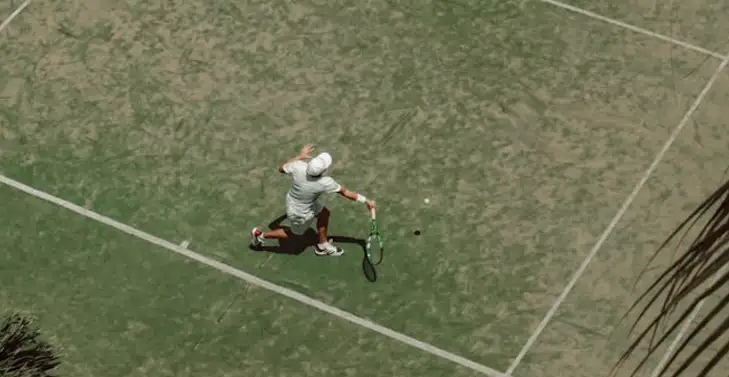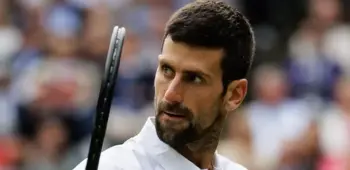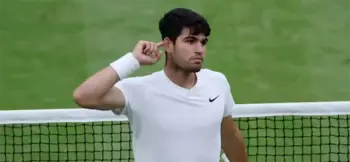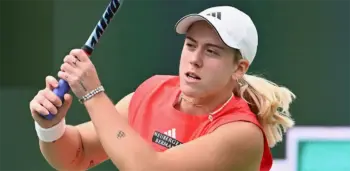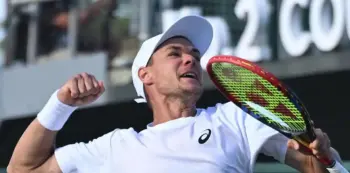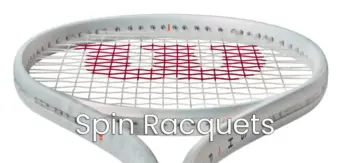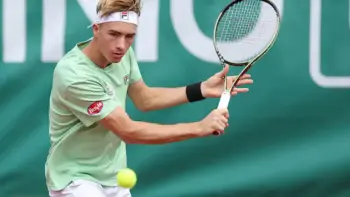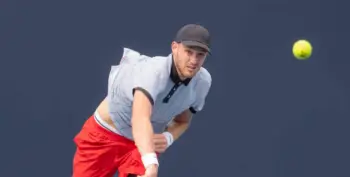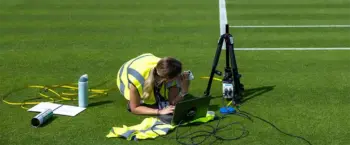Tennis is a sport that demands a unique blend of skill and strategy, pushing athletes to their limits. In this article, we explore the journey to peak performance, with insights from the career of tennis player Hendrik Jebens as a guide to mastering technique, tactics and mental strength.
The Path to Perfection: Fundamentals of Tennis
Tennis is far more than just a ball sport; it is a challenging combination of technique, tactics, and mental strength that constantly tests athletes. The sport demands not only precise ball control and powerful shots but also an understanding of game dynamics and movement on the court. This article is about tennis and tennis player Hendrik Jebens, whose career serves as an inspiring example of the journey to perfection. Early on, he acquired a strong technical foundation and developed physical abilities that provide him with significant advantages in professional competition.
For anyone serious about tennis, the fundamentals are key. Beginners first learn the basic strokes, such as forehand, backhand, serve and work on their footwork. These elements form the foundation of the game and are essential for mastering more advanced techniques. Even experienced players often return to these basic exercises to refine their technique and ensure stability under pressure. Ultimately, tennis is a sport where success lies in the details – even a slight technical inconsistency can determine the outcome of a match.
The Role of Technique: Precision and Power in the Game
Technique is one of the most crucial skills in tennis, often distinguishing average players from exceptional ones. A technically skilled player can act with precision and power, gaining a substantial advantage on the court. Proper stroke technique ensures that the ball is not only played accurately but also achieves the desired speed and spin. Technique forms the backbone of the game, influencing not only a player’s efficiency but also their effectiveness on the court, as seen with Hendrik Jebens. His mastery of these skills allows him to deliver peak performances under pressure.
In a player’s development, it’s not only about building strength but also about perfecting movements. Technical elements are interconnected and need to be synchronized to work harmoniously. Hendrik Jebens demonstrates the importance of continually working on technique, focusing even on the smallest details. For instance, the way a racket is held impacts the entire stroke. Even slight adjustments to grip can significantly change direction and power, leading to better control during play.
“It’s not just technique, but mental strength and dedication that define a player.”

Tactics and Strategy: Understanding the Opponent
Alongside technique, tactics play a decisive role in tennis. A good player must be able to adapt their strategy to each opponent and recognize and exploit weaknesses. Match flow is rarely predictable, making the ability to adapt and think tactically incredibly important. Hendrik Jebens has shown throughout his career how essential a well-thought-out strategy is for consistently high-level performance.
Each tennis player develops their style over time, maximizing strengths and minimizing weaknesses. Successful players know exactly how to adjust their approach to increase their chances against different types of opponents. An aggressive player might rely on risky shots, while a defensive player might focus on consistency and endurance. Finding the right balance of these elements allows for flexible responses in any match situation.
Mental Strength: The Key to Consistent Success
In tennis, physical strength is essential, but the mental component is just as central. Players like Hendrik Jebens know that mental toughness often makes the difference, especially in challenging situations or close matches. When pressure builds and fatigue sets in, only mentally strong athletes can deliver their best performance. High levels of concentration and the ability to recover quickly are essential qualities that define every successful tennis player.
Tennis demands quick thinking, as players must make decisions within fractions of a second. Mental preparation is as crucial as physical training. Some players use visualization exercises and breathing techniques to focus and stay calm. Rituals performed before each serve or change of sides can be particularly helpful for regaining focus and concentrating on what’s important. Such practices allow players to control their emotions and think clearly, even in critical moments.
The Future of Tennis: Innovations and Trends
The development of tennis never stops. New technologies and training methods continually change the game, providing players with entirely new opportunities. Hendrik Jebens exemplifies how tennis players can benefit from modern technology, be it through specialized fitness equipment or more powerful rackets. The goal of these innovations is to raise performance levels while reducing physical strain, allowing players to maintain peak performance for longer.
Another trend transforming tennis is the digitization of training. Analysis software and video recordings enable players to analyze and refine their technique in detail. Errors can be corrected more precisely, and progress can be tracked more effectively. Nutrition science also plays an increasingly significant role: individualized diet plans tailored to a player’s demands help maximize physical and mental well-being, ultimately enhancing performance.
